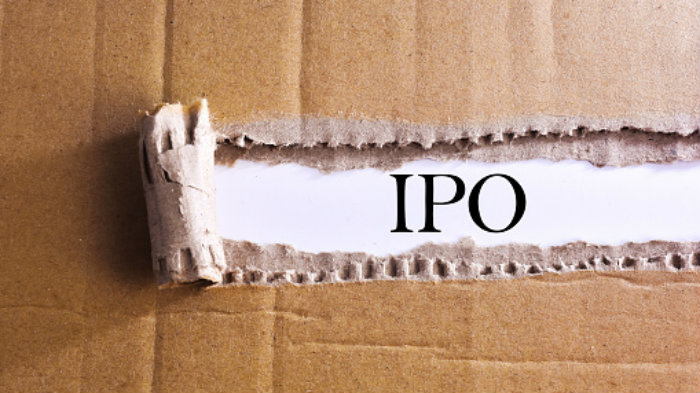A news story appeared in the Wall Street Journal recently that suggested Canada Goose was preparing an initial public offering that could value the parka maker at $2 billion. That’s good news for Canada’s IPO market, which, until recently, appeared ready for the trashcan.
The IPO success of Aritzia Inc. (TSX:ATZ), arguably one of Canada’s trendiest specialty retailers, has likely encouraged Bain Capital, Canada Goose’s private equity majority owner, to strike while the iron is hot.
Although it seems logical for Canada Goose to list on the TSX, the company’s international following of celebrities suggests that a dual listing in New York and Toronto is more likely. Wherever it chooses to list its shares, there’s certainly going to be a lot of interest in its IPO, which is expected to happen early in 2017.
Like the “Coming Soon” signs real estate agents use in Toronto to ramp up bidding wars for houses, Bain Capital is clearly using the same tactic as it interviews potential underwriters about taking its baby public.
Despite there being no real information available about Canada Goose’s financial situation, the IPO drums have already begun to beat. By the time we actually get to the finish line, investors will be in an absolute tizzy about getting their hands on some of its shares.
Don’t be. Here’s why.
I’m not a fan of IPOs. One of the big reasons for this is they rarely enrich the company selling the shares but rather the investors who own them. Also, shares of IPOs often trade below their initial pricing within 12-24 months after going public.
Take Aritzia for example.
It raised $437 million in its IPO; all of the funds went to Berkshire Partners and founder Brian Hill. None of the proceeds went to investing in Aritzia’s business, whether we’re talking about paying down debt or adding to its working capital. It’s hardly the value-add IPOs are meant to be but rarely are.
Since the IPO, Aritzia’s stock has gained about 3% from its first-day close of $17.71—up 14.4% from its $16 IPO price. A drop of 20% from current prices would put ATZ shares more than a dollar below its IPO price. With market volatility getting higher by the day, any bad news from Aritzia could knock 20% or more off its share price in no time.
Now, let’s consider Canada Goose.
If the $2 billion valuation that sources close to the matter are touting for the parka maker are accurate, Bain Capital is looking at a decent payday. A Boston University article from 2015 mentions $250 million as the price paid by the private equity firm to acquire majority ownership. The same article puts its 2015 revenue at somewhere between $200 and $300 million. Let’s split the difference and say it was $250 million.
What does that mean in terms of multiples?
The problem here is we don’t know the percentage ownership Bain received for the purported $250 million. At 60%, Canada Goose was valued at $417 million. At 70%, that puts it at $357 million. Again, let’s split the difference and say it hypothetically paid $250 million for 65% ownership of Canada Goose, a company valued in 2013 at $385 million.
If 2015 revenue is estimated to be $250 million and we assume that sales grew 25% in each of the two previous years. That would put 2013 revenue at $160 million and a multiple of 2.4 times sales. If sales in 2016 were up another 25% to $313 million, a $2 billion valuation translates to a multiple of 6.4 times sales. By comparison, Aritzia currently trades at 3.2 times sales.
While this is a hypothetical example, a $2 billion valuation means Bain Capital stands to make 3.1 times its original investment in fewer than four years, and that doesn’t take into account that much of the $250 million was likely borrowed money, so the true return should be even higher.
My advice is to tread lightly when and if the Canada Goose prospectus comes out, because if you thought the Aritzia IPO was expensive, Canada Goose is going to be off the charts.
In that scenario, the selling shareholders (Bain Capital, company founders) win, while everyone else loses.








